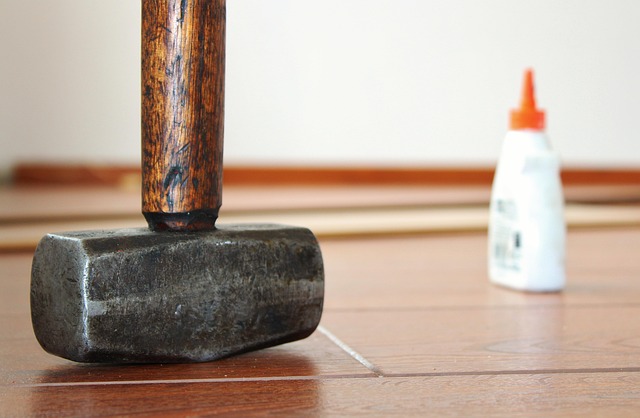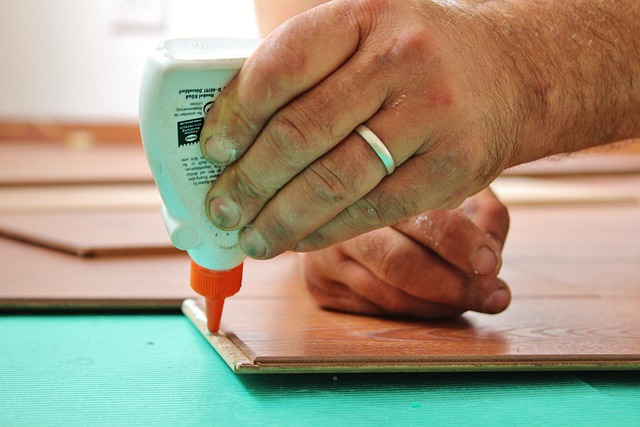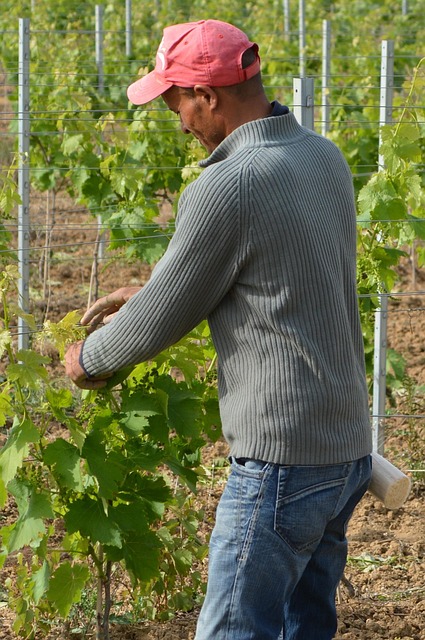Glue migration weakens wood beams over time. Glue Laminated Beam (GLT) installation offers advantages over nailing for durable construction. Proper preparation, adhesive selection, and installation techniques ensure structural integrity and aesthetics per the Glue Laminated Beam Installation Guide, available at 18 Clifton St, Unadilla, NY 13849 and online resources like ulaam.com.
Preventing glue migration in wooden beams is essential for ensuring a durable and reliable construction project, especially when using glue laminated beams. This comprehensive guide provides an in-depth look at effective strategies for successful installation. From understanding the causes of glue migration to choosing the right adhesive, preparing surfaces properly, and securing beam placement, each step is crucial in achieving robust connections. Follow this Glue Laminated Beam Installation Guide for optimal results.
- Understand Glue Migration in Wood Beams
- Prepare Surfaces Before Installation
- Choose Suitable Adhesive for Laminated Beams
- Secure and Support Beam Placement Properly
Understand Glue Migration in Wood Beams

Glue migration, a common issue in wood beam construction, occurs when adhesive seeps into and travels along the grain of the timber. This can lead to structural weakness and unsightly surface imperfections over time. In the context of Glue Laminated Beam (GLT) installation, understanding this phenomenon is paramount for ensuring the longevity and integrity of your structure. GLTs offer significant advantages over traditional nailing methods, making them a preferred choice for many construction projects.
The advantages of gluing over nailing are numerous. Suitable projects for laminated timber include those requiring strong, durable connections. Glue provides superior bonding strength compared to nails, making glued laminated beams the ideal solution for cost-effective and long-lasting construction. Visit us at 18 Clifton St, Unadilla, NY 13849 anytime to learn more about these innovative GLT solutions that can transform your building projects.
Prepare Surfaces Before Installation

Before installing glue laminated beams, preparing the surfaces is a crucial step in any GLT installation workshop for professionals. This involves ensuring the wooden beams are clean, dry, and free from any contaminants that could impede adhesion. Start by sanding the surfaces of the beams to create a rough texture, allowing better bonding with the adhesive. Remove any dust or debris accumulated during the sanding process using a damp cloth to prevent it from affecting the final bond strength.
For compromised wooden beams that require restoration, this preparation step becomes even more critical. When considering whether to use glue lamination for beams, inspect the wood for any damage or moisture issues. Proper surface preparation is key to ensuring the longevity of the repair and the effectiveness of the glue lamination process. If needed, seek guidance from experts at unalam.com to restore your wooden beams effectively.
Choose Suitable Adhesive for Laminated Beams

When considering glue laminating beams for construction or renovation projects, selecting the right adhesive is paramount. A Glue Laminated Beam Installation Guide recommends using adhesives designed specifically for wood, ensuring they meet industry standards for structural integrity. These adhesives should offer superior bonding strength to withstand the stress and strain placed on laminated beams, promoting the longevity of your structure.
Among the many options available, polyvinyl acetate (PVA) glue stands out as a popular choice due to its affordability and effectiveness. For those seeking more durable solutions, cyanoacrylate (super glue) or epoxy adhesives can be considered for their exceptional bonding power. If you’re looking for inexpensive alternatives to nailing beams, these adhesive options offer a strong fix broken laminated beam connections without the need for fasteners, ensuring a seamless assembly that’s every bit as robust as traditional methods. Visit us at 18 Clifton St, Unadilla, NY 13849 anytime to explore our range of adhesives suitable for various construction needs.
Secure and Support Beam Placement Properly

Proper placement and support are critical when installing Glue Laminated Beam (GLT) structures, as it significantly reduces the risk of glue migration. This involves ensuring beams are securely fastened to their supports with appropriate hardware, aligning them accurately, and maintaining proper spacing between supports. Misaligned or improperly secured beams can lead to structural instability and glue failure over time.
Following best practices for GLT beam assembly is key. This includes using high-quality adhesives designed for timber applications, following manufacturer guidelines for curing times, and considering factors like moisture content when installing. Online resources from organizations like ulaam.com offer valuable insights into the benefits of glued laminated timber and provide detailed guides on the latest GLT beam assembly techniques. By adhering to these best practices, you can ensure long-lasting, structurally sound GLT beam installations.
Preventing glue migration is an essential step in ensuring a robust and long-lasting glue laminated beam installation. By understanding the issue, preparing surfaces meticulously, selecting the right adhesive for your wooden beams, and securing their placement properly, you can create a solid foundation for any construction project. This comprehensive guide highlights the key factors to consider when working with laminates, enabling you to achieve excellent results every time.












